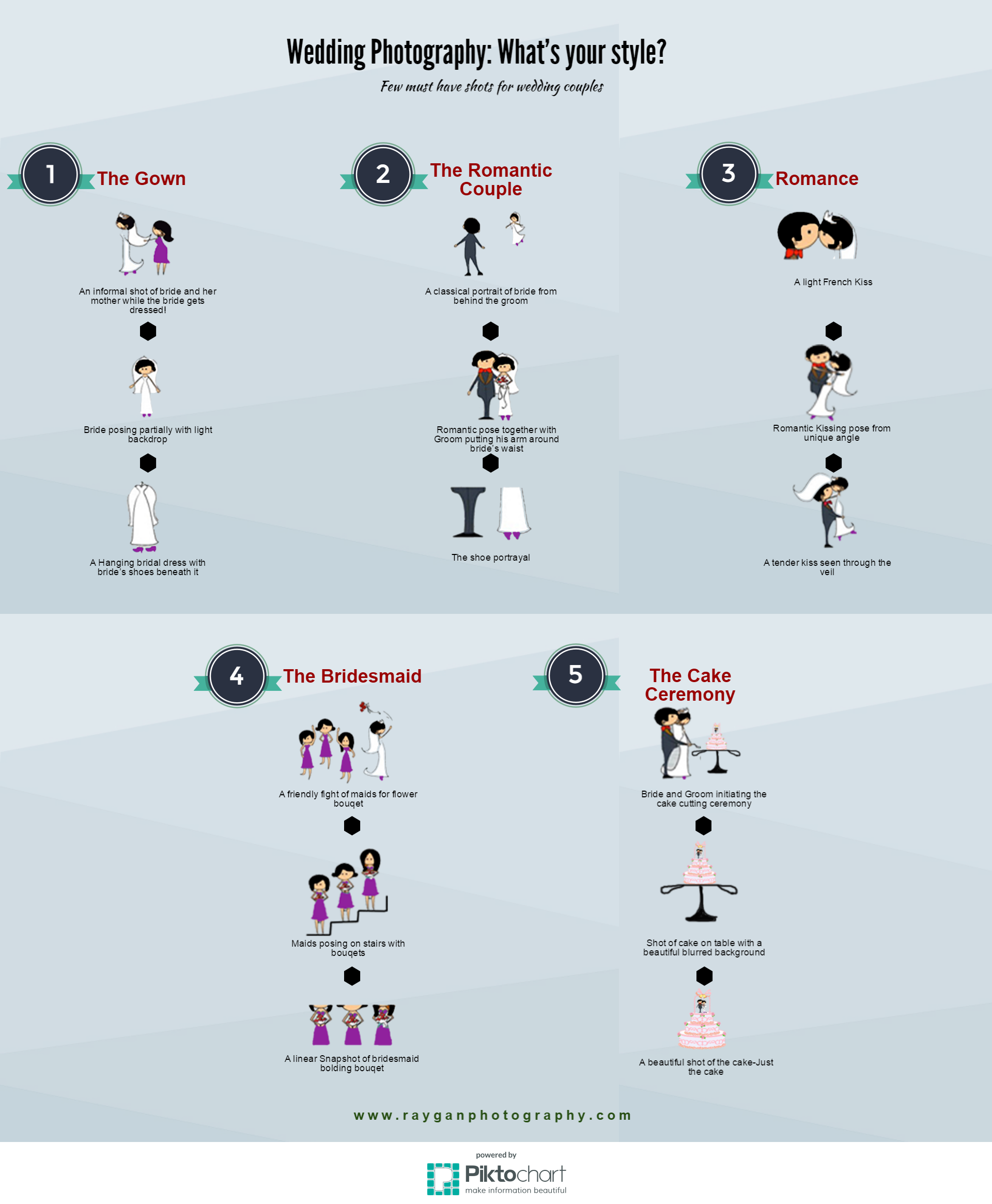What Every Professional Photographer Should Learn About Lights
What Every Professional Photographer Should Learn About Lights
Blog Article
Authored By- please click the up coming article
As a digital photographer, you understand that lights can make or damage your images. Understanding the nuances of both natural and man-made light is vital for catching the mood and clarity you aim for in your work. Whether you're chasing after the best golden hour radiance or tweak your artificial setups, mastering these aspects can elevate your photography considerably. However there prevail mistakes that numerous neglect, and identifying them can transform your method to every shoot. Allow's explore what you might be missing out on and just how it can impact your outcomes.
Understanding Natural Light
Understanding all-natural light is crucial for any kind of digital photographer seeking to improve their job. It's the structure of excellent photography, affecting state of mind, tone, and quality. When you fire outdoors, take notice of the time of day. The golden hour-- shortly after daybreak and before sundown-- offers soft, warm light that can transform normal scenes into sensational pictures.
Don't take too lightly the power of cloudy days. Cloud cover diffuses sunlight, developing a soft, even light that's ideal for portraits and macro digital photography. You'll discover colors appear this type of lighting without rough darkness.
Positioning matters, too. Always consider your subject's alignment to the source of light. If the sunlight's behind your subject, you may wind up with a shape, which can be significant but mightn't be what you desire. On LinkedIn photographer , straight sunlight can create unflattering shadows.
Try out angles; often, transforming your point of view can yield incredible outcomes. Usage natural reflectors, like water or sand, to bounce light onto your subject, adding measurement.
Learning Artificial Light
Mastering artificial light is important for professional photographers who want to take their abilities to the next level. Whether you're making use of speedlights, workshop strobes, or continual lights, recognizing just how to adjust these sources can dramatically enhance your pictures.
Start by https://telegra.ph/Damage-Devoid-Of-Conventional-Advertising-Methods-And-Discover-Ingenious-Techniques-To-Elevate-Your-Photography-Solutions---Your-01-08 on your own with the fundamentals of light quality, instructions, and shade temperature level. Experiment with various modifiers like softboxes, umbrellas, or grids to regulate the gentleness or harshness of the light.
You'll find that soft light typically develops flattering results, while harsher light can include drama and deepness. Don't shy away from shadows; they can enhance the three-dimensionality of your topics.
Pay very close attention to the positioning of your lights. A light located also close to your subject can create uncomplimentary outcomes, while also far can bring about an absence of information. Make use of a light meter or your electronic camera's histogram to guarantee you're subjecting correctly.
Photoshoot near me but not least, keep in mind that man-made light can be combined with ambient light for imaginative results. Stabilizing these sources could take method, but once you understand it, your digital photography will truly shine.
Techniques for Different Situations
When you step into different shooting circumstances, adjusting your lights methods is crucial for recording the most effective images. For exterior portraits, utilize the gold hour-- early morning or late afternoon light-- to soften darkness and enhance complexion.
If it's a rough noontime sun, consider utilizing a reflector to bounce light back onto your subject or seek shaded locations for a much more even direct exposure.
In low-light circumstances, like indoor events, raise your ISO and utilize a vast aperture to allow in even more light. A tripod can assist get rid of cam shake, permitting longer exposures without blurring.
If you're contending night, trying out off-camera flash to produce dynamic illumination and depth in your images.
For product photography, utilize diffused lighting to avoid extreme reflections. Softboxes or light tents can aid achieve this impact.
When photographing landscapes, consider the direction of light and time of day, as it can dramatically alter the mood of your shot.
Always be ready to adjust your setups and placing based upon the circumstance, as adaptability is crucial to mastering illumination in digital photography.
Conclusion
In conclusion, understanding illumination is essential to raising your digital photography skills. Embrace natural light's beauty during gold hour, and don't shy away from explore fabricated light methods. By adjusting your method to various scenarios, you'll catch sensational photos that resonate with emotion and quality. Keep in mind, the best illumination can transform a normal shot into something phenomenal, so keep practicing and refining your understanding of both natural and man-made light. Happy shooting!
